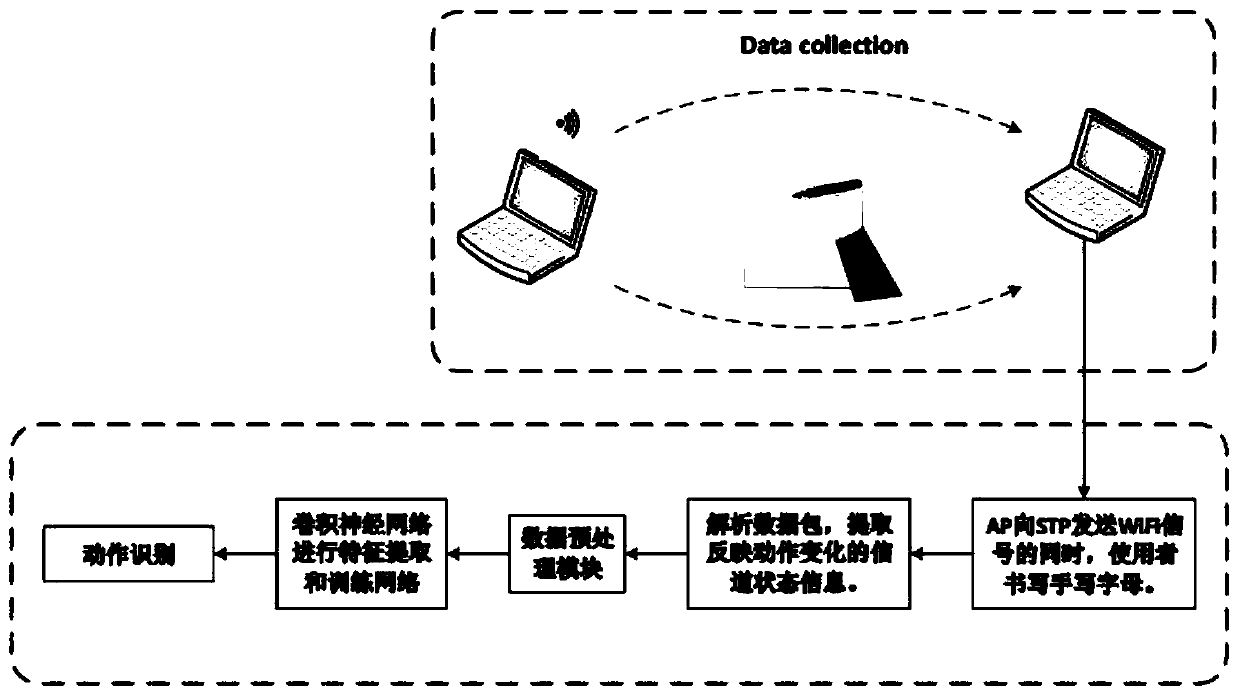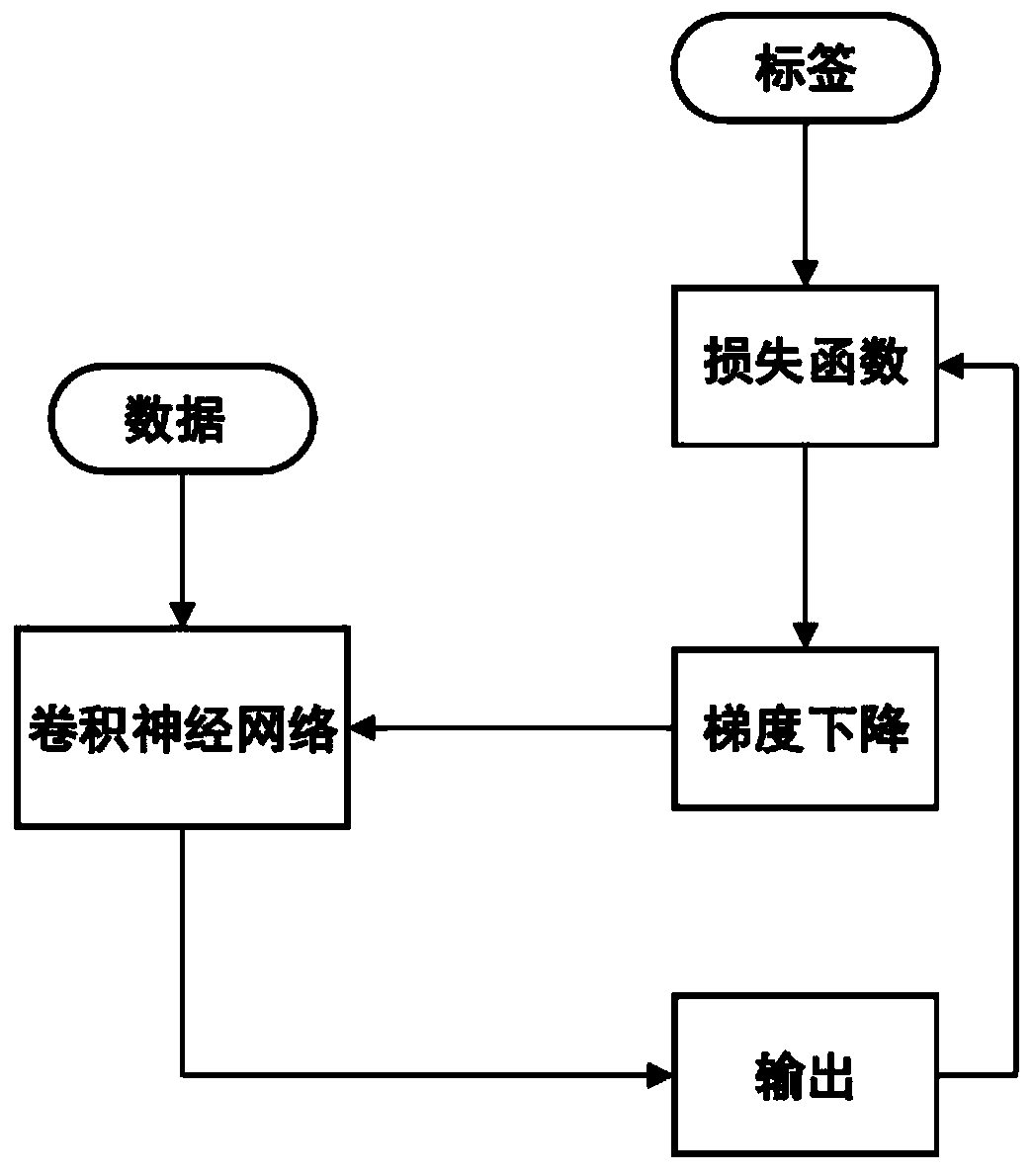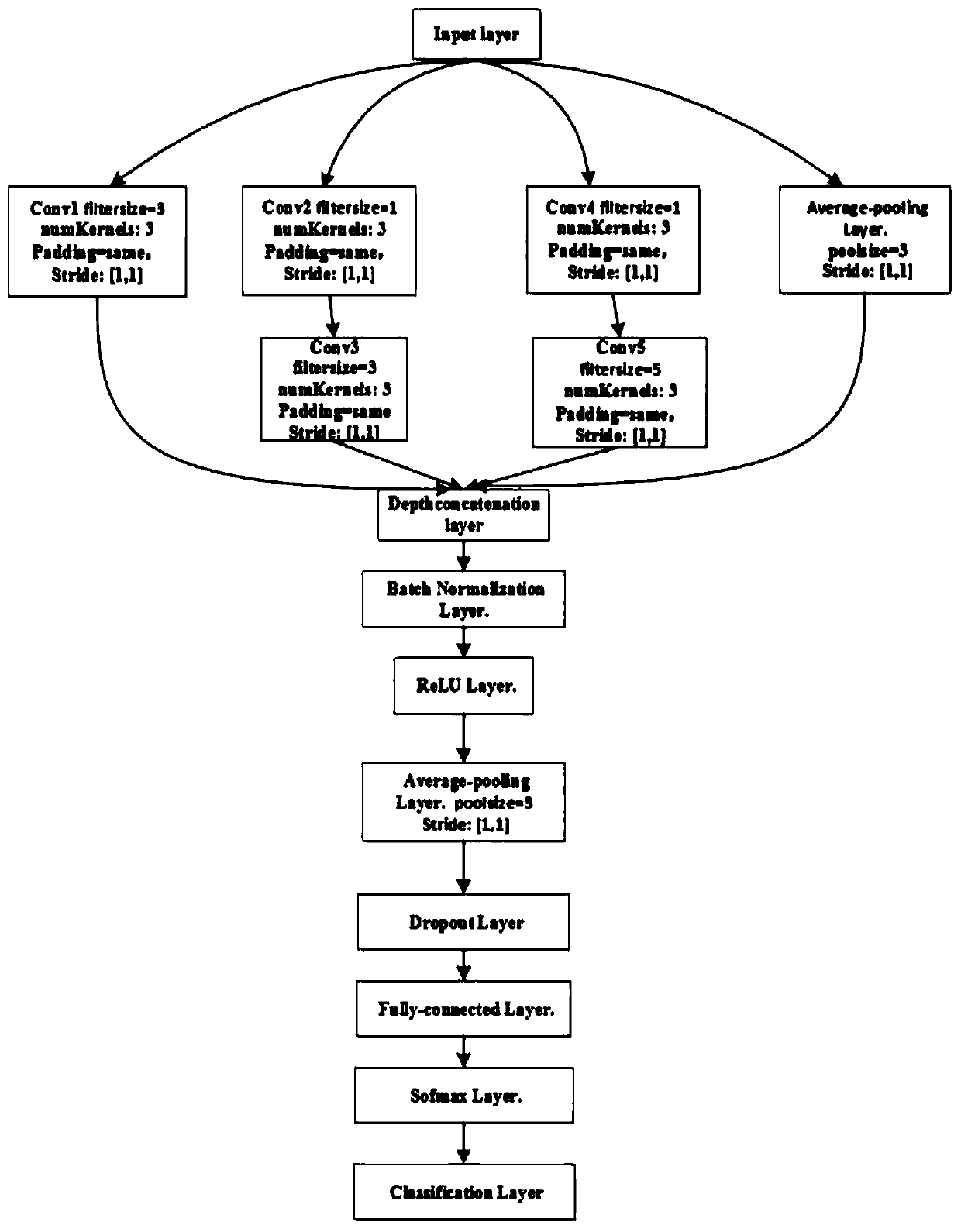Handwritten letter recognizing method and system based on WiFi
A recognition method and letter technology, applied in the field of intelligent perception and human-computer interaction, can solve problems such as needs, failure to operate, and privacy disclosure, and achieve the effect of increasing adaptability, increasing difficulty, and reducing requirements
- Summary
- Abstract
- Description
- Claims
- Application Information
AI Technical Summary
Problems solved by technology
Method used
Image
Examples
Embodiment Construction
[0035] In order to facilitate those skilled in the art to understand the technical content of the present invention, the content and implementation modes of the present invention are further explained with specific examples in conjunction with the accompanying drawings. The implementation examples described below are only used to illustrate and explain the present invention, but not to limit the present invention. The present invention can also be implemented or applied through other different specific examples. The details of this specification can be changed or modified based on different viewpoints without departing from the spirit of the present invention.
[0036] The existing WiFi facilities based on the 802.11n protocol adopt OFDM technology and MIMO multi-antenna technology. In the OFDM system, the channel state information represents the coefficient of the wireless channel. We can use the Linux802.11n CSI Tool developed by Daniel Halperin to obtain the channel state i...
PUM
 Login to View More
Login to View More Abstract
Description
Claims
Application Information
 Login to View More
Login to View More - R&D
- Intellectual Property
- Life Sciences
- Materials
- Tech Scout
- Unparalleled Data Quality
- Higher Quality Content
- 60% Fewer Hallucinations
Browse by: Latest US Patents, China's latest patents, Technical Efficacy Thesaurus, Application Domain, Technology Topic, Popular Technical Reports.
© 2025 PatSnap. All rights reserved.Legal|Privacy policy|Modern Slavery Act Transparency Statement|Sitemap|About US| Contact US: help@patsnap.com



